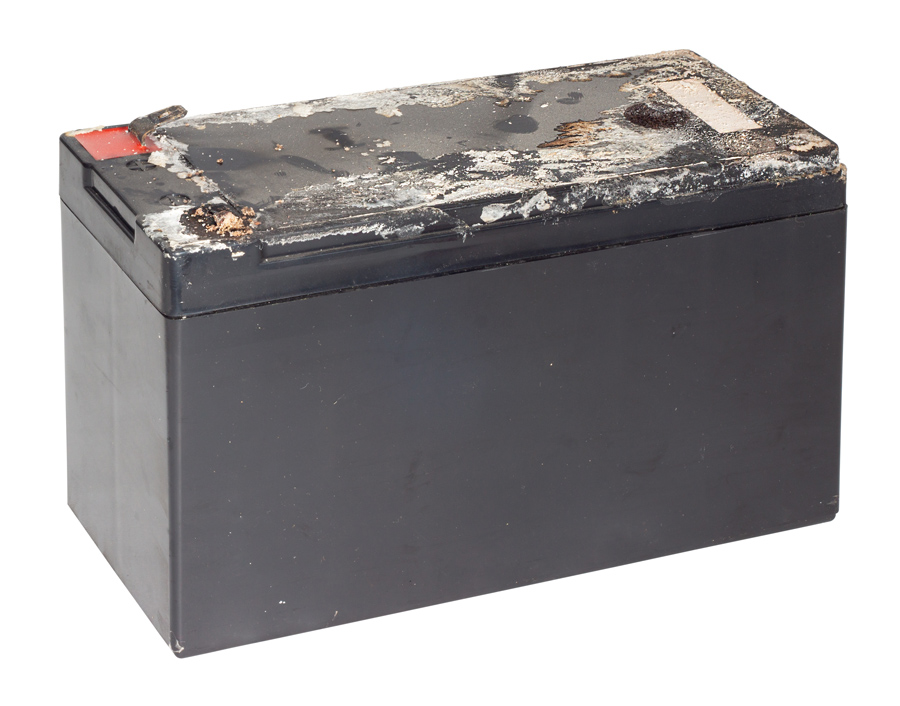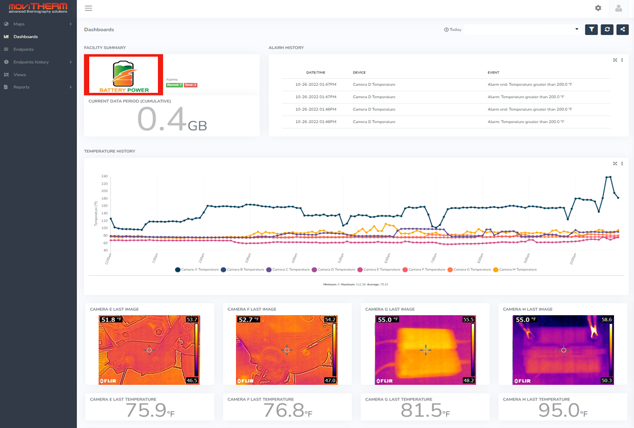How to Prevent Lithium Battery Fires
Protect Your Energy Storage Facility from Lithium Battery Fires
Lithium-ion batteries are widely used in electric vehicles, portable electronics, and energy storage systems. However, they come with a significant risk of fire due to their chemical composition and high energy density. When a lithium battery catches fire, it can rapidly escalate into a dangerous situation that is hard to control. These fires can cause severe damage to property, harm personnel, and even lead to environmental hazards.
To prevent such incidents, it's essential to implement proactive safety measures. One of the most effective tools for early detection is thermal imaging technology, which helps identify potential hotspots before they become critical. In this article, we explore how to prevent lithium battery fires using advanced monitoring techniques like thermal imaging.
The Growing Threat of Lithium Battery Fires
According to the National Fire Protection Association (NFPA), there were over 3,050 fires involving battery storage and charging areas in the U.S. between 2012 and 2016. In 2016 alone, nearly 740 fires were reported. These numbers highlight an increasing trend in lithium battery-related incidents. Notable examples include the 2013 fire on a Boeing 787 Dreamliner and the 2016 Samsung Galaxy Note 7 battery explosions, both of which underscore the dangers associated with lithium-ion technology.
Why Do Lithium Batteries Catch Fire?
Lithium batteries can catch fire due to a phenomenon known as thermal runaway. This occurs when the internal temperature of a battery rises uncontrollably, triggering a chain reaction that leads to overheating and potentially combustion. Thermal runaway can be caused by several factors, including overcharging, physical damage, manufacturing defects, or exposure to extreme temperatures. Understanding these causes is crucial for developing effective prevention strategies.
Detect Overheating in Lithium Batteries with Thermal Imaging
Thermal imaging cameras are a powerful tool for identifying hotspots in battery cells before they lead to a fire. These cameras can detect subtle temperature changes that are invisible to the naked eye, allowing operators to take immediate action. For example, if a hotspot is detected, the affected battery can be isolated, cooled, or removed to prevent further escalation.
Thermal imaging can also be integrated with other monitoring systems to provide real-time data about battery health. This allows for more accurate and timely responses to potential threats. Early detection systems that use thermal cameras are particularly useful in large-scale energy storage facilities where manual inspection may not be sufficient.

Early Fire Detection Systems for Battery Storage
MoviTHERM’s iEFD system is an advanced solution designed to detect hotspots in lithium-ion batteries using smart thermal cameras and cloud connectivity. The system continuously monitors battery temperatures and compares them to historical data to identify anomalies. If a hotspot is detected, the system automatically alerts operators, enabling them to respond quickly and reduce the risk of fire.

Early Detection Saves Lives and Property
The iEFD system offers several advantages in preventing lithium battery fires. By detecting hotspots early, it gives operators the opportunity to take preventive actions, reducing the likelihood of a fire starting. This early warning system can significantly lower the risk of damage, downtime, and financial loss.
Enhanced Emergency Response Planning
In addition to detecting hotspots, the iEFD system includes a map feature that helps locate the source of the issue. This feature is invaluable for emergency planning, as it allows responders to quickly identify and address the problem area. It also supports training efforts, helping personnel understand how to react effectively during a fire incident.
Easy Integration with Fire Suppression Systems
The iEFD system can be seamlessly integrated with existing fire suppression systems. In the event of a fire, the system can trigger suppression mechanisms to contain the blaze before it spreads. This integration provides a more comprehensive approach to fire safety, offering greater protection for both people and property.
Additional Safety Measures to Prevent Fires
While thermal imaging and early detection systems are vital, they are just part of a broader strategy for preventing lithium battery fires. Proper battery storage, regular maintenance, and staff training are equally important. Ensuring that batteries are stored in well-ventilated, temperature-controlled environments can help reduce the risk of overheating.
It's also crucial to have a clear emergency response plan in place. This should include contact information for emergency services, evacuation procedures, and protocols for handling fire incidents. Being prepared can make all the difference in minimizing the impact of a fire.
Conclusion
Preventing lithium battery fires requires a multi-layered approach that combines technology, proper handling, and ongoing maintenance. Thermal imaging and early detection systems play a key role in identifying potential risks before they escalate. When paired with good safety practices and emergency planning, these tools can significantly enhance the safety of battery storage facilities.
By investing in advanced monitoring solutions and maintaining strict safety protocols, facility operators can ensure the safe and reliable operation of their energy storage systems, protecting both people and property from the dangers of lithium battery fires.
walker wheels,replacement wheels for walkers,rollator replacement parts,rollator replacement wheels
Zilon , https://www.gdzilon.com
